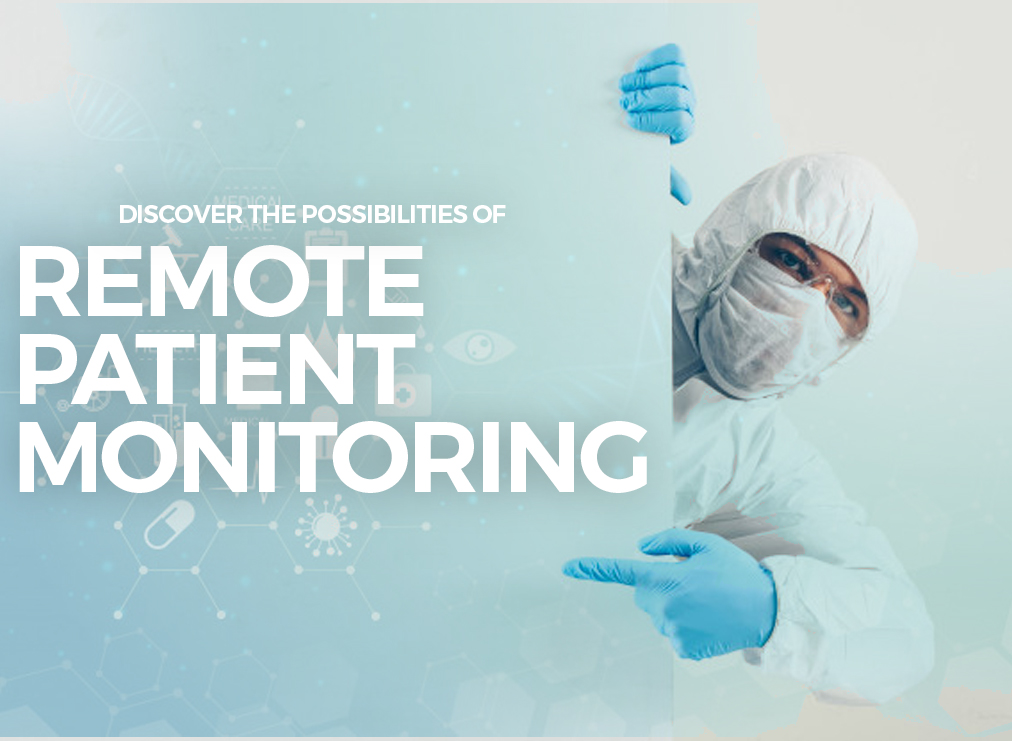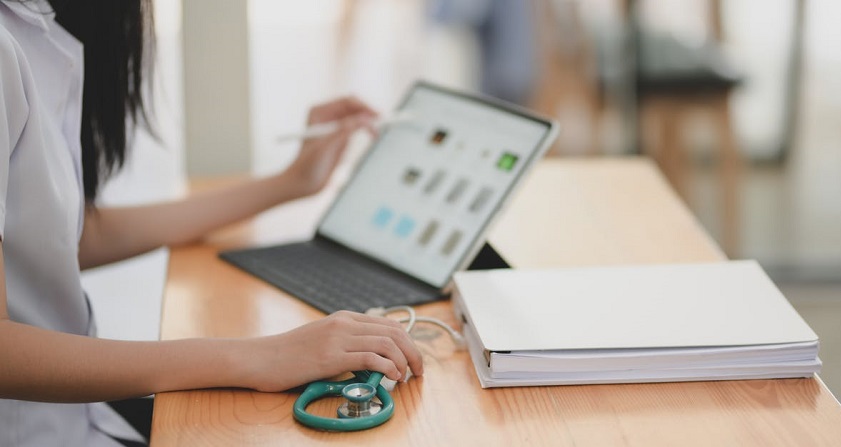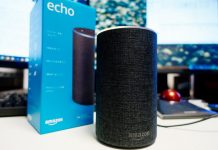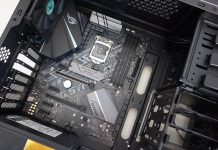The future is now, and this is why almost every industry has some kind of advanced technology deployed to make their operations more effective and efficient. In the medical sector, various innovations are being implemented in different fields.
Medical practitioners and facilities have been using technology not only in making diagnoses but also in treatments and surgeries. It has also been used in patient management, which has truly revolutionized the hospital setting.
One of the most notable implementations of tech in healthcare is remote patient monitoring (RPM). If you are not familiar with this innovation, read on to see what you need to know about it.

What Is Remote Patient Monitoring?
RPM is part of the larger application of remote technology in medicine called tele-health. It is the management of patients and healthcare delivery through the latest technology, especially those that let practitioners do so even outside the healthcare setting.
The main purpose of this innovation is to allow healthcare delivery even at a distance, usually outside traditional locations such as hospitals and clinics.
This way, patients can receive care even when they are at home. It uses tech products that are user and patient-friendly, which can be used personally by patients or their carers.
Main Functions of Remote Patient Monitoring
Now that you know what RPM is, you might be wondering how it is used to have a clearer idea of the role it plays in healthcare. Check out its main functions below.
Allow Patients to Retain Their Quality of Life
As implied by the name, RPM is made to help practitioners monitor patients even from afar. The most important application of this is for keeping track of patients while they are at home and while the health professional is at their workplace.
This way, patients can continue living their lives as close to normal as possible while still receiving the right kind of service. This reduces the need for patients, especially the elderly, to be placed in nursing homes. Instead, they can remain with their family.
Data Gathering
You might be wondering how patients will be able to receive the type of service they need if they are away from a healthcare facility. The answer to this also rests on the name, which suggests remote monitoring
Another main goal of RPM is to gather pertinent data about the patient, including vital signs, weight, blood pressure, blood oxygen levels, heart rate, and blood sugar. Using technology, such as smartwatches, professionals are able to track patients’ health remotely.
When such information reaches professionals, they will be able to evaluate and analyze the results. They would then get in touch with patients to inform them of any positive or negative developments regarding their health.
Minimize Hospital Admissions
While RPM benefits the patient in that they are able to continue living at home while still being closely monitored, such tech can also help practitioners and facilities.
Remember that while these establishments are equipped to handle a number of patients, they also have limitations. By implementing remote patient monitoring, they can keep an eye on patients without admitting them.
This move also helps minimize readmissions as tele-health aims to provide expert advice even from afar. So, any patient who has been admitted before can recover at home with reduced need to be readmitted as they would still be receiving care remotely.
Helps Hospital Stay Cost-Efficient

Aside from keeping hospital services open to more serious cases, RPM also helps these facilities save money. With remote monitoring techs, they can stay on top of things while avoiding additional costs.
If you are thinking that this will pass the expenses on to patients, keep in mind that these technologies are extremely similar to your smartphones and tablets. Most of them just need to be charged or plugged in when required, thus it has minimal impact.
Conclusion
Remote patient monitoring is definitely a step in the right direction for the healthcare industry. It benefits patients and their families, as well as practitioners and facilities. So, if you are given a choice to get RPM services, you should definitely consider it.
Last updated on August 14th, 2020 at 07:08 pm






